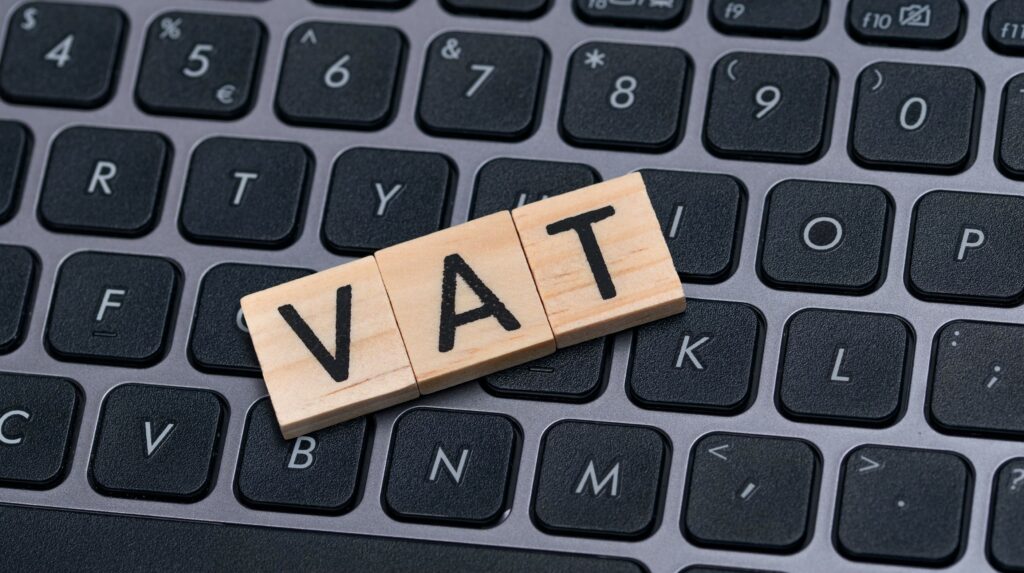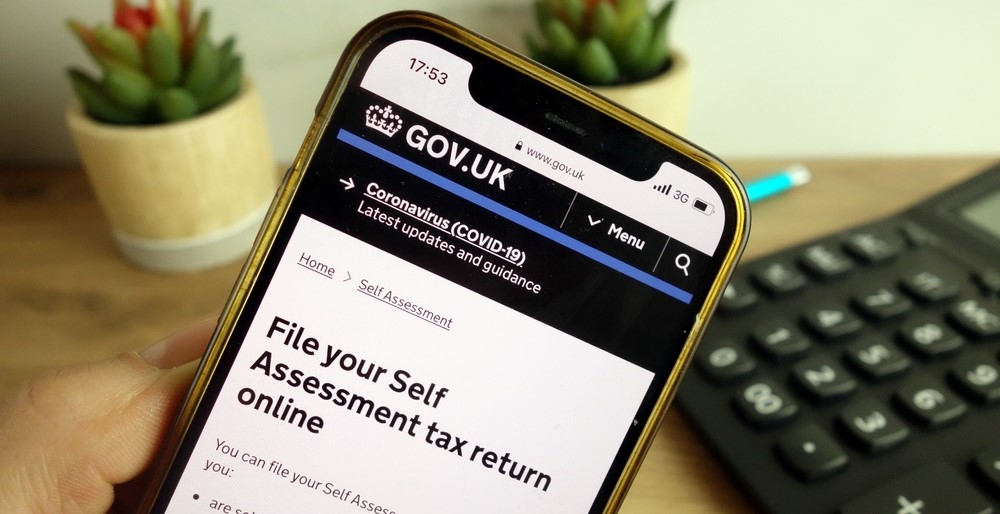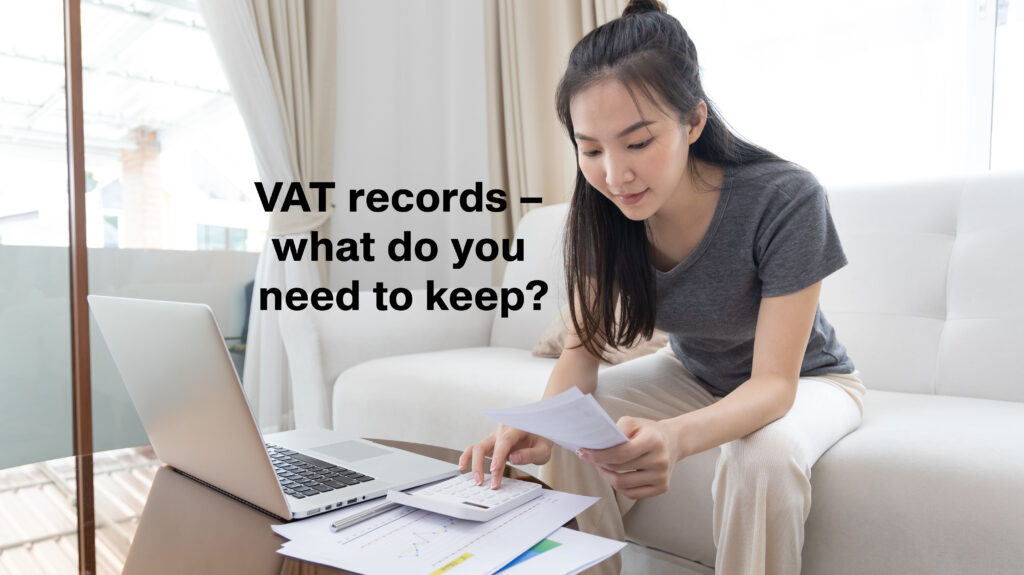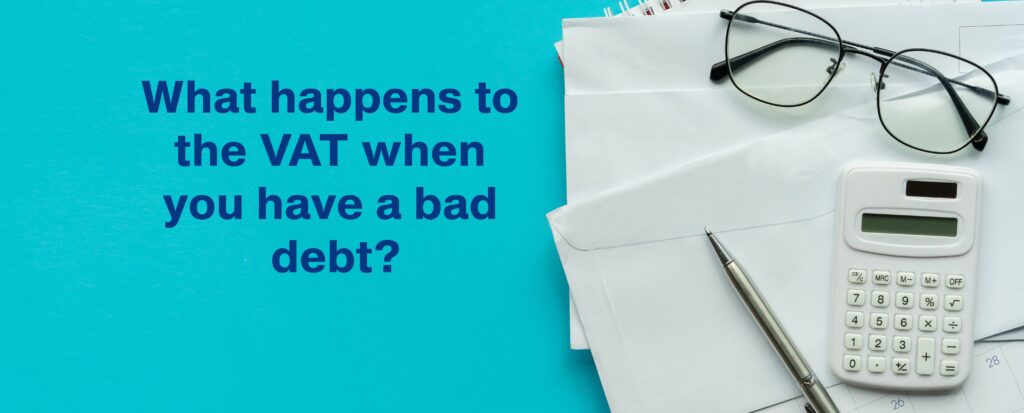
New VAT thresholds – when can you register and deregister?
|
|
What you need to know first…
👉 The VAT registration threshold rose from £85,000 to £90,000 on 1 April 2024.
👉 The deregistration threshold increased from £83,000 to £88,000 from the same date.
👉 The changes in these thresholds change the trigger points for compulsory VAT registration and optional deregistration.
When must you register?
You must register for VAT if your taxable turnover in the last 12 months was more than the VAT registration threshold of £90,000 – or if you expect your turnover to go over £90,000 in the next 30 days.
You must also register if you and your business are based outside the UK and you supply goods and/or services to the UK or expect to do so in the next 30 days.
About taxable turnover
The key metric here is ‘taxable turnover’ which may be different to your actual turnover.
Taxable turnover includes only those supplies that are within the scope of VAT, i.e. supplies that would be liable to VAT at the standard, reduced or zero rate if the business were registered for VAT. There’s no need to take account of exempt supplies when you’re working out whether you’ve reached the VAT registration trigger.
Registration deadlines
👉 If your turnover exceeded £90,000 in the last 12 months…
…you must register within 30 days of the end of the month in which your turnover for the preceding 12 months reached £90,000. Your effective date of registration is the first day of the second month in which your turnover for the previous 12 months exceeded the VAT registration threshold.
Example: In the 12 months to 18 May 2024, Steve’s turnover was £92,430. This is the first time in a 12-month period that his turnover has exceeded the VAT registration threshold. He must register for VAT by 30 June 2024. His effective date of registration will be 1 July 2024.
👉 Where you expect your turnover to exceed the VAT registration threshold in the next 30 days…
…you must register by the end of that 30-day period. Your registration takes effect from the date you realised the threshold would be exceeded.
Example: On 2 July 2024, Jennifer signs a contract to deliver standard-rated goods with a value of £120,000 by 15 July 2024. She will be paid on delivery and must register by 31 July 2024. Her effective date of registration is 2 July 2024.
Voluntary VAT registration – the pros and cons
If your taxable turnover is below the VAT registration threshold, you can opt to register voluntarily. You need to assess the pros and cons before opting to register voluntarily, though:
👍 You might want to register voluntarily if you make mostly zero-rated supplies but pay VAT on goods and services you buy. Registering voluntarily in this case allows you to recover the VAT you pay.
👎 If you register for VAT and you supply goods and services that are liable to VAT at the standard or reduced rate, you’ll need to charge your customers VAT. If your customers are not VAT-registered, they’ll not be able to recover the associated VAT; this may make you less competitive than other suppliers who are not VAT-registered.
👎 Registering for VAT means you’ll need to comply with Making Tax Digital (MTD) for VAT; this will add additional costs. (Read or listen to ‘VAT records – what do you need to keep?’ for information on VAT and MTD.)
Deregistration
At £88,000, the deregistration threshold is now more than the VAT registration threshold was prior to 1 April 2024. So, businesses whose turnover was over the old £85,000 registration limit but below £88,000 now have the option to deregister. If this applies to you:
👍 Deregistration could make you more competitive compared to businesses who are VAT-registered.
👍 If you deregister, you won’t need to file VAT returns and comply with MTD for VAT.
👎 Deregistering means you’ll not be able to recover any VAT you pay on the items you buy in.
👉 But, if your turnover is likely to increase beyond the new VAT registration threshold of £90,000 soon, it’s arguably not worth deregistering as you’ll need to re-register once you reach the new registration threshold!
Getting ready for registration?
Check out these resources:
👉 The blog post ‘VAT records – what do you need to keep?’
👉 ‘VAT: An Introduction’, an online course covering:
- How to register
- What information you need to give HMRC
- What you must do once you’re registered
- How to file your VAT return in FreeAgent, Xero or QuickBooks
This course is free to Financial Resilience Hub members😊. If you’re not already a member, you can:
- Buy the course for £49.99 (price correct at time of publication), or
- Join The Hub for Q&A sessions, weekly finance and general business tips, in-person and online workshops and access to a growing resource of bite-sized online courses available 24/7. Uncover the full membership benefits.
📢❕ The information in this blog post was correct at the time of writing. Please check with your accountant for the latest information or, if you don’t have an accountant, join the Financial Resilience Hub to get access to one ours! Alternatively, keep an eye on HMRC’s website for updates.
ABOUT THE AUTHOR

Helen Monaghan is a Chartered Management Accountant, accredited NLP Practitioner & Finance Coach. Both a psychology graduate and an accountancy graduate, she has authored three business books, which beautifully bring together psychology, finance, and tax to empower the reader about money. Helen is the CEO of HM Finance Coaching & Advisory Ltd, a company that provides financial education and business mindset coaching to small businesses across the UK, in addition to accountancy services for limited companies in Scotland and across the UK. Helen is also the founder of The Financial Resilience Hub – find out how we can support you, and your business, to be financially resilient through our monthly membership.
© Helen Monaghan






Responses